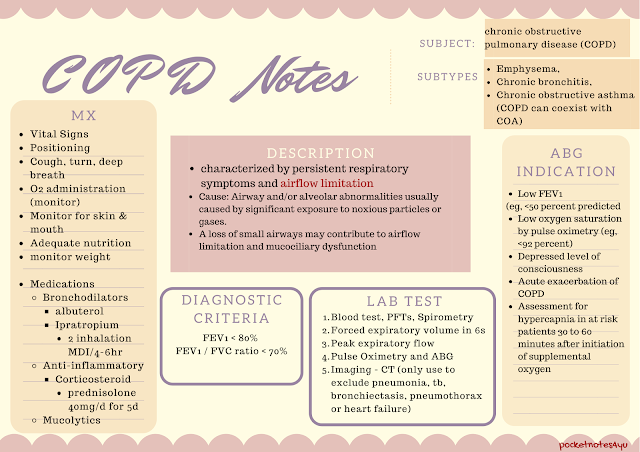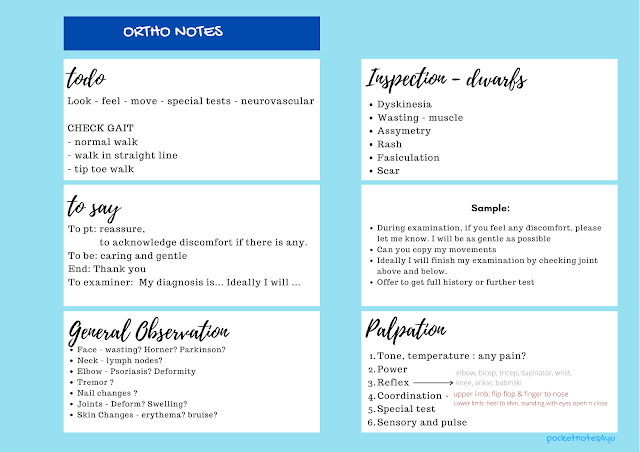Some of my friends asked what is included in this section during my exam, so i decided to share with the others what I know about it.
Community Medicine is concerned with the prevention of disease, the determinants and natural history of disease in populations, and the influence of the environment and of society on health and disease.
and one of the most common problems in community medicine is
Pre-Pregnancy Care.
1. Access risk
- age : <18 or >35
- lifestyle: smoking, drinking, substance abuse, etc.
- Sexual history
- BMI: obese? lack nutrition?
- Pets : cats or birds
- Past history : hypertension, DM, infectious disease(hepatitis, HIV)
Specifically for woman with history of
- Diabetes
- Seizure
- Hypertension
- Heart disease
you will need to counsel them about the risk for their child and to themselves if they are going to get pregnant with the disease they have. Table below will help you to get an idea what you should counsel them. Each of the patient are different, and it is important that you are able to convey the message clearly.
2. Scenario
If a lady is just here to ask your(GP) opinion about the pregnancy plan you will need to ...
1.
General screening
- History taking: past history, medications, surgical history, family history and related OBGYn history
- physical examination
- access the risks
2
. Lab test: Blood tests - blood glucose,etc.
3.
Access knowledge about health, pregnancy and child care
4.
Referral if there are any abnormalities with the blood test
3. Counsel content:
1. about birth and pregnancy
- folic acid 3 months before pregnancy, stop anti epileptic meds
- breast feed knowledge
- child birth preparation
2. lifestyle changes
- diet : control/refrain from smoking, alcohol, substance abuse, caffeine use
- social life: extreme activities
3. Genetic factor: anyone from the household has genetic disease ?
4. Family planning : COCP
5. Screening: pap smear, STI, DM, Hypertension
Try to calm the lady to reduce their anxiety (if there are any complications that could effect the pregnancy). Always ask if they are comfortable to proceed with the consultation or they need their family to be with them.
6. Are they fit to get pregnant? Do they need constant follow up?
Set up a follow up date if they really need one.
Remember to always be caring and be patient with your patients. 😀
Reference:
1.
https://www.ncbi.nlm.nih.gov/pubmed/6585101






























